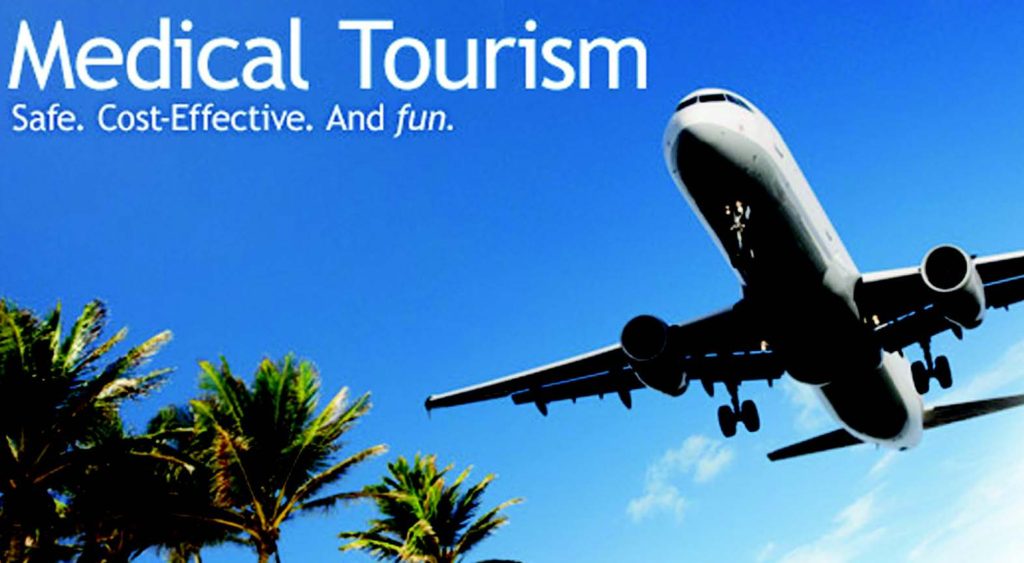Medical tourism refers to the process of people travelling to a foreign country to avail of medical services there. It is defined as medical care that is cost-effective and operating in alliance with the tourism sector for foreign patients seeking professional medical treatment.
Policy makers, media, and researchers are increasingly aware of the burgeoning popularity of medical tourism. Initially, medical tourism involved people from less developed countries travelling to developed countries seeking treatment that was unavailable in their home country.
But today, there is a qualitativeand quantitative shift in medical tourism. More and more citizens of developed countries are travelling to less developed and developing countries to avail of the cost-effective and timely treatments available here. So foreigners come seeking medical tourism hospitals in India.
These shifts are happening mainly because of high-quality and cost-effective medical care in the less developed nations. Decreasing costs of air travel and proliferation of Information Technology also push ahead these trends.
Why the term tourism has been added to the use of medical services is because many foreigners stay on in the country after treatment and indulge in regular sightseeing. Travelers can thus make use of their trip to participate in regular tourism activities in the foreign country.
Cost Factor:
In the coming years, medical tourism holds the potential to be a multibillion-dollar industry. The main factor affecting the decision of a person to seek medical treatment abroad is the low cost.
Even as costs of healthcare are soaring in the U.S., U.K., Canada, etc., many insurance companies and corporate employers are looking at medical tourism to get around these costs. The economic benefits of medical care in emerging markets are being recognized by these companies, as they provide premium medical care at a fraction of the cost.Medical tour India offers these benefits.
The main reason why medical treatment in developing countries is low-priced is due to the economic status of these countries. The income level as reflected in the per capita Gross Domestic Product of the country is a major factor. Because of this, the cost of surgery in emerging markets is 30% to 70% lower than in advanced countries.
Quality Factor:
There are two elements of quality in health care: mechanical or technical quality and service quality. Technical quality is crucial in determining the diagnosis of a patient. Service quality refers to nature of service provided by doctors, nurses, and the other medical staff. Service quality helps in attracting maximum patients.
One of the major factors impeding medical tourism is the perception that it is of low-quality. One way that this can be tackled is by increasing marketing and gaining accreditation from reputed agencies. Such type of accreditation is crucial in making medical tourism popular.
The value of such accreditation can be enhanced by getting affiliation with a medical facility in an advanced country. After medical caregivers in developing countries gain international accreditation and gain entry into global referral systems, they can be rated properly.
Common Types of Treatment:
The decision to avail of medical tourism depends on the nature and kinds of treatment available. The major types of medicaltreatment sought in medical tourism are organ transplantation, dentistry, elective cosmetic surgery, orthopaedic surgery and cardiac surgery.
Medical tourism is, however, not confined to these major types but may also include alternative systems of medicine like Ayurveda, Acupuncture, etc. Another area growing popular is reproductive tourism, which consists of treatments like in-vitro fertilization, assisted reproduction, surrogacy, etc.
This is, in sum, the nature of medical tourism.






